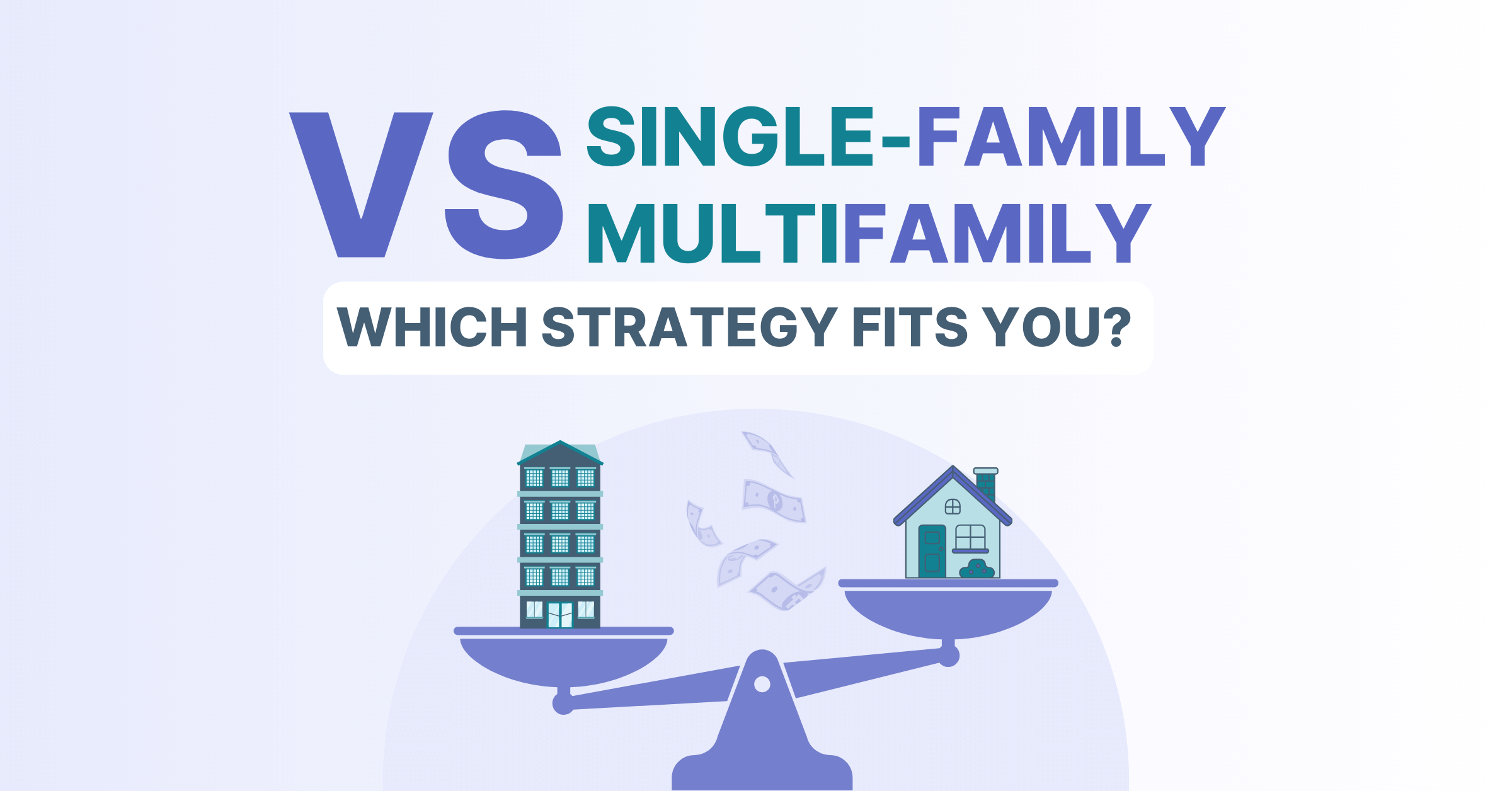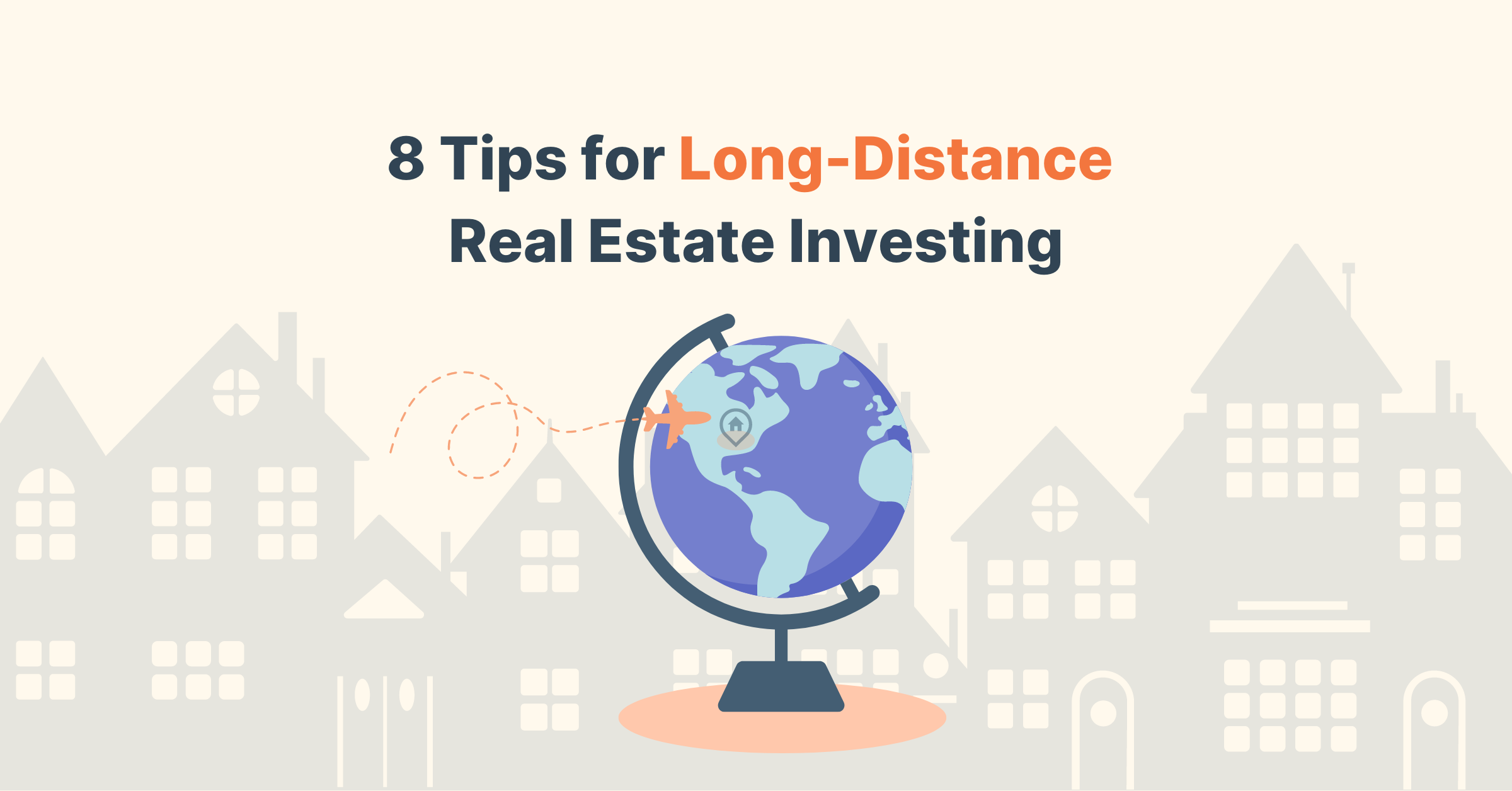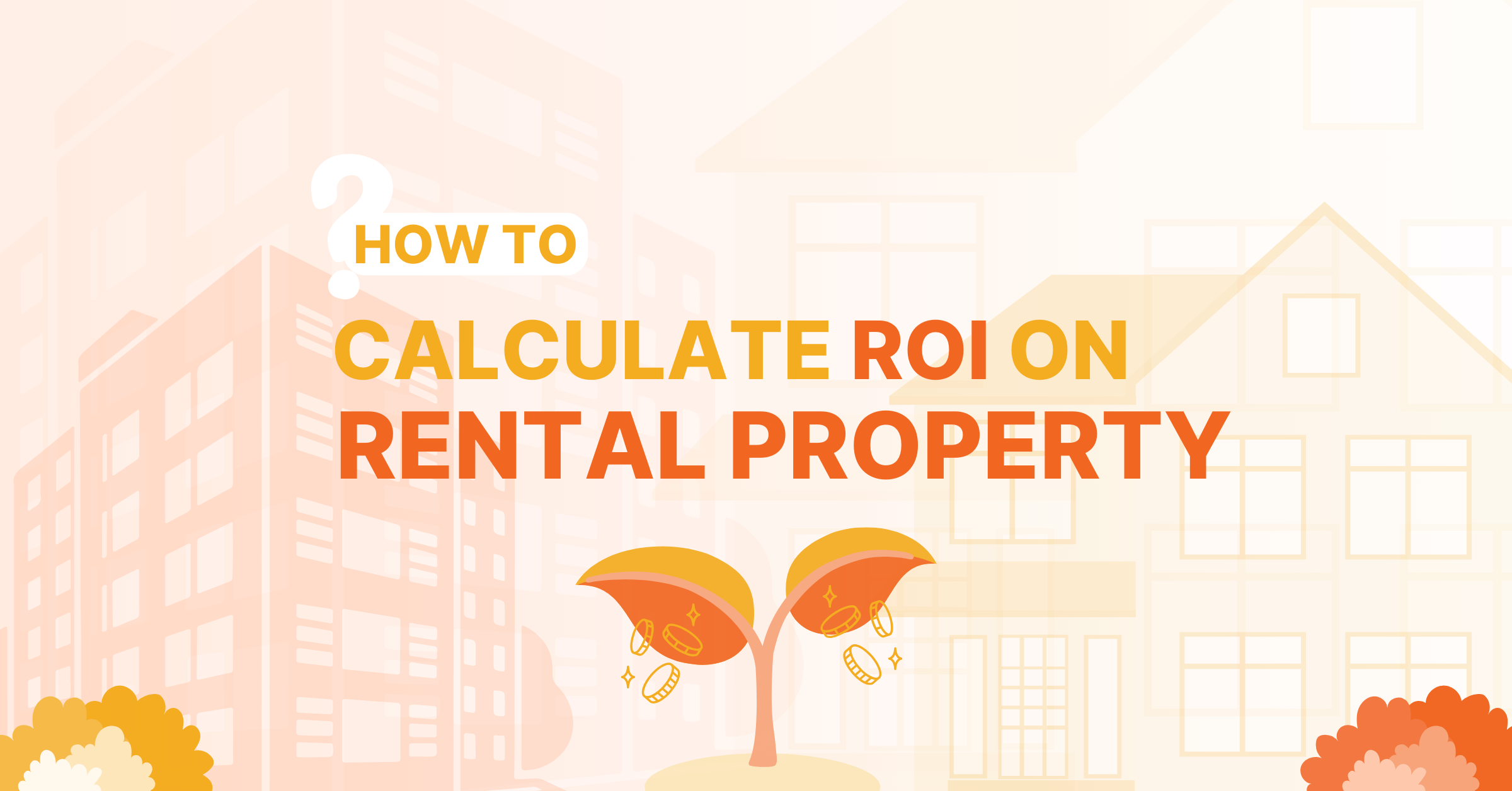Disclaimer: PropStream doesn’t offer investing advice. We highly recommend consulting legal and financial professionals before buying rental property with OPM.
For many prospective real estate investors, the most significant barrier to entry is having enough money to buy a property. After all, the median sales price for U.S. homes in Q1 2024 was $420,800.
However, there are ways to get into real estate with little to no cash. It’s called using other people’s money—or “OPM.” In this article, we’ll explore the benefits of using OPM, different ways to use it, and tips for getting the most out of it.
Table of Contents
Learn More About Creative Financing Options With PropStream
Key Takeaways:
- OPM (Other People’s Money) can be a valuable vehicle for starting a real estate investing career when you lack capital.
- This financing option has benefits and drawbacks, so be sure to do your due diligence to determine if it’s the right method for you.
- There are several options for utilizing OPM, including partnerships, crowdfunding, hard money loans, and more.
Benefits of Using OPM
To start, let’s explore the benefits of using OPM to finance rental properties:
Enter the Rental World Early
The immediate benefit of using OPM is that you can start investing sooner.
Instead of waiting until you’ve saved enough for a cash offer, you can enter the rental market now. After all, real estate is a long-term game. The earlier you get in, the more you stand to gain. According to the National Council of Real Estate Investment Fiduciaries (NCREIF), the average annual return on residential real estate is 10.3%.
Potential for Positive Leverage
Another major benefit of using OPM is the potential for positive leverage.
When you borrow money, you typically agree to pay it back within a specific time frame and at a set interest rate. The interest is the cost of borrowing. If the interest rate is lower than your expected return rate, you stand to gain by using OPM.
Here’s an example: Let’s say you want to buy a $300,000 rental property with an expected annual return of 10%. If you buy with cash, your annual ROI would be 10%. However, if you finance the same property with a 30-year mortgage at a 7% interest rate and a $30,000 down payment, your annual ROI would be much higher.
This is because even though financing costs you more in interest, your upfront costs are lower. In this example, your annual mortgage costs are about $21,552, lowering your annual return to $8,448. However, your initial investment is only $30,000, making your ROI 28% ($8,448 / $30,000).
In short, OPM (aka leverage) can amplify your potential returns (and any losses).
Preserve Capital
When you use OPM, you save more of your own money.
This gives you more liquidity and flexibility to cover unforeseen expenses and seize other investment opportunities. Even if you have the cash on hand, using OPM can sometimes help you scale and diversify your real estate portfolio quicker than you could otherwise.
Options for Utilizing OPM

Now that you know the benefits of using OPM, here are six ways to do it:
Traditional Mortgage
A mortgage is the most common way to use OPM and involves getting a loan.
Typically, investment properties require putting down at least 15%, and interest rates are higher than those for occupant-buyers. This is because when you buy a home to live in, you may be less likely to walk away under financial distress, presenting less risk to the lender. In contrast, investors may have less skin in the game.
To get a mortgage, apply for a loan from a bank or mortgage lender. Among other things, they typically require proof of income and assets, a credit report, and an appraisal of the property (which serves as collateral on the loan).
Seller Financing
Seller financing works much like a traditional mortgage. The difference is that the seller functions as the lender.
Sellers may be willing to finance the purchase of their property to attract more buyers, facilitate a faster sale, defer capital gains taxes, or stay invested in the property without managing it.
As a buyer, seller financing can provide lenient loan requirements, flexible terms, and a faster closing. Consider asking the seller of your next potential rental property if they can offer seller financing. You might be surprised!
Private and Hard Money Loans
Private money loans are loans from non-institutional lenders, such as family members and other investors.
A popular type of private money loan is a hard money loan. It weighs less on borrower credit and more on the value of a “hard” asset like a rental property. For flipping projects, many hard money lenders will even base their decision to lend (and on what terms) on the property’s after-repair value (ARV).
Most private money loans are short-term loans with higher interest rates than traditional mortgages due to the increased risk involved.
However, if you’re confident in your potential investment returns, a hard money loan may be an excellent way to secure quick financing, even if you lack a good credit history. If you don’t know any private or hard money lenders, search online (e.g., on peer-to-peer lending platforms).
Partnerships
Partnerships refer to going in on a real estate deal with another investor. Such deals can be structured in many ways.
For example, you could have a limited investment partner put forward most or all of the capital while you take responsibility for performing all the leg work (e.g., finding, acquiring, and managing the rental property).
Unlike financing, most partnerships are structured so that each party has an ownership interest in the deal. Instead of paying back a lender, you give away a percentage of the property’s returns to the partner (proportional to their investment).
We recommend consulting a legal professional for guidance on structuring partnership deals.
Pro Tip: Partnerships are also a great way to learn from other, more seasoned investors. They can take you under their wing and provide valuable guidance and advice.
Crowdfunding
Crowdfunding is seeking funding from many small investors through an online platform.
For example, some platforms let you submit potential real estate deals to be listed on their site and advertised to potential investors. This can expand your reach and streamline the fundraising process.
However, to list your deal on a crowdfunding platform, you must typically get it approved and pay a fee or a percentage of the deal’s returns.
Home Equity Loan
A home equity loan (aka a second mortgage) allows you to borrow against the equity in your primary residence.
Because they are backed by your home, home equity loans function similarly to traditional mortgages with lower interest rates and loan terms of up to 30 years. Typically, you receive a lump sum that you pay off in regular installments.
5 Tips for Using OPM

Whatever form of OPM you use to buy a rental property, consider these tips:
- Perform due diligence. Any real estate investment requires due diligence, but it’s arguably even more critical for deals that use OPM since more people are involved. Evaluate the property’s condition, projected rental income, and other market factors.
- Present a strong investment proposal. Once you have a deal ready for funding, prepare an investment proposal that covers the deal’s potential returns, risks, and exit strategies.
- Consider the risks. While financing can amplify your potential ROI, it can also increase losses. Protect yourself by carefully assessing lenders, loan terms, and contingency plans.
- Maintain transparency. When entrusted to handle other people’s money (especially in investor partnerships), keep stakeholders updated on the investment’s status, progress, and challenges.
- Consult professionals. Due to their complex nature, OPM investments should be pursued cautiously. Consult legal, tax, and financial professionals to review deals and help ensure they comply with local regulations.
Learn More About Creative Financing Options With PropStream
Want to learn more about using OPM to secure new deals? Class is in session at PropStream Academy!
Our free course, Creative Financing for Real Estate Professionals, offers in-depth, self-paced lessons on this complex financing method and many others. Enter deals utilizing OPM with the utmost confidence, and let the pros at PropStream help guide you.
Psst! To follow along with the course, activate your 7-day free PropStream trial!
Frequently Asked Questions (FAQs)
What is the biggest risk of using OPM to buy rental properties?
The biggest risk of using OPM to buy rental properties is that it makes you dependent on other investors or lenders. If the investment goes south, you may struggle to pay off the debt, potentially threatening the deal and your personal finances.
Is using OPM to buy rental properties safe?
It can be if it’s done strategically. Responsible investors who conduct due diligence and prepare multiple exit strategies tend to face minimal risk.
Where can I find reputable investment partners for OPM financing?
Start with your local network. Other real estate professionals in your area may be interested in financing your deal or partnering with you. From there, you can search for potential investors, lenders, and partners online.
What’s the biggest mistake beginners make when using OPM to buy real estate?
The biggest mistake beginners make is overleveraging themselves. This means taking on too much debt with too little guarantee of future returns. Aim to be conservative in your return predictions and give yourself some financial cushion for market fluctuations.
Do I need a good credit score to use OPM to invest in rental properties?
No. Many investors and private lenders are willing to finance deals based on their quality and are not concerned with credit. However, your reputation and ability to execute and deliver on the deal are still important.



